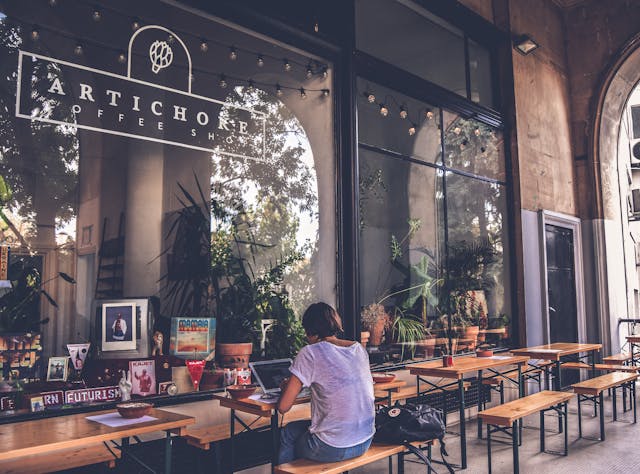
Starting a storefront is a big deal for anyone, no matter what they’re selling. Having a physical space where customers can browse and touch your products offers a real sense of pride, and it’s nice to have that connection with your community. Sure there are tangible aspects like imagining the bell chiming as customers walk in, carefully curating displays, or actually knowing those regulars on a first-name basis. But of course, you’re running a business at the end of the day, and it requires your full skill and attention.
Most shop owners know they’ll have bills. It’s easiest to predict the obvious costs – rent, inventory, and staff wages are a few examples. However, it’s often the hidden charges that catch you out and sometimes add up without you realizing. Wouldn’t it be nice if there was a post that helped point your attention to where those hidden costs are, and how to tackle them?
Well never fear, because in this post, we’ll pull back the curtain on some of these lesser-known costs and give you that peace of mind:
Unexpected Maintenance and Repairs
It’s easy to assume that when you’ve invested in, constructed, and designed your shop, in general the major expenses are out of the way. But Unlike a home where you might be able to put off a leaky faucet or a creaky floorboard, a retail space needs to be in top shape, not only for presentation reasons but for the safety of everyone you welcome in.
This could mean anything from fixing a broken air conditioning unit in the middle of summer to replacing worn-out flooring that’s become a tripping hazard thanks to someone causing damage. These costs can add up quickly, especially in older buildings. It’s wise to set aside a significant buffer in your budget for these unexpected issues, and to opt for a complete insurance package that covers damages such as this.
Hidden POS Charges and Fees
Of course, you need to have a means of processing payments, and point-of-sale systems are the standard. It’s essential to spend a little time understanding POS charges and fees ahead of time. While the upfront cost of the system might seem straightforward, there can be small charges and ongoing fees that aren’t immediately apparent. Or, in some cases, using providers that provide a flat fee can be helpful to cover them all. These might include transaction fees, monthly software subscription costs, hardware maintenance fees (your business can’t operate with faulty payment system), and charges for additional features such as table-side integrations for restaurants. Some providers might also have minimum monthly charges or early termination fees. Make sure you know what you’re paying for.
Insurance & Security Costs
We mentioned insurance above, and it’s another area where costs can quickly mount up if you’re not careful. More than simple basic property insurance, you’ll likely need coverage for inventory, liability insurance to protect against customer accidents, and even business interruption insurance.
On top of that, think about security, as these costs can be substantial. This might include installing and maintaining security cameras, alarm systems, or even hiring security personnel at certain times of night, as many supermarkets do during the evening where alcohol purchases are more likely. In some areas or for certain types of businesses, these security measures might be required by law or insurance policies.
With this advice, you’ll be certain to understand and pre-empt the hidden costs of running a storefront.